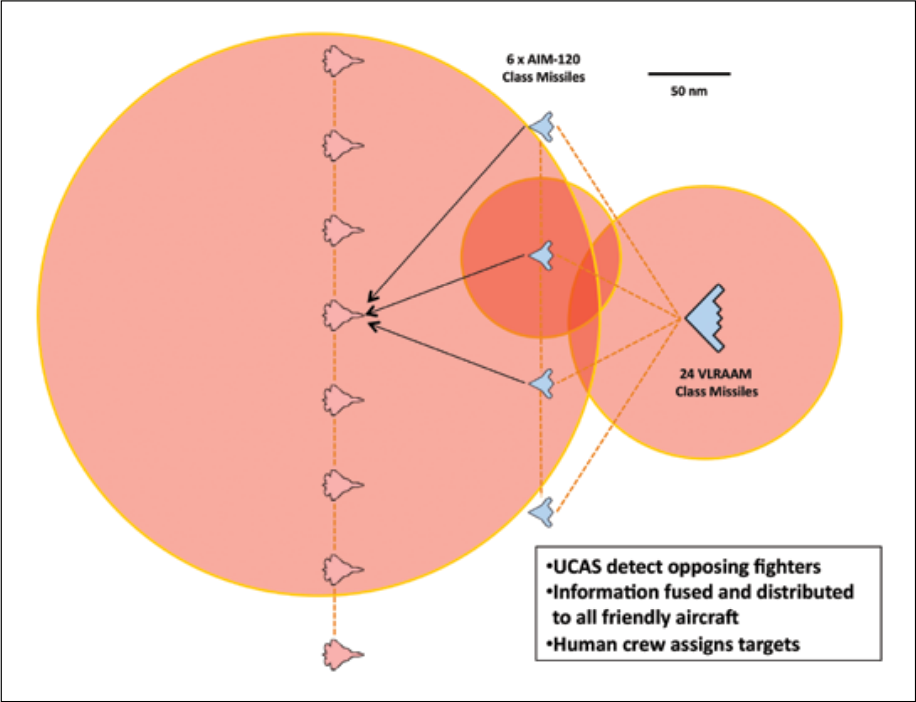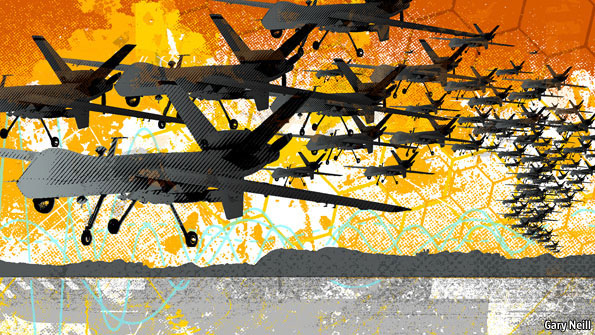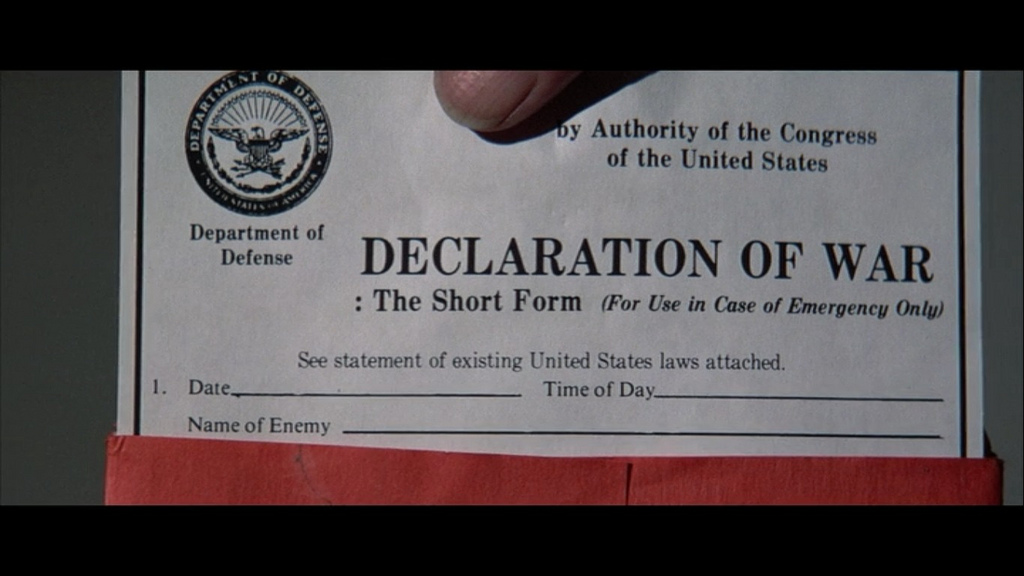In a previous post, I quoted Jules Hurst’s comparison between the medieval knights of old and modern day fighter pilots. His point was that the future of aerial combat will feature more combined arms. This I agree with; the degree of specialization that will be seen in the future will increase, although our ability to predict what this will be is uncertain. Hurst’s second point, that today’s aerial combat is akin to jousting and jovial knights looking to independently take down foes, I do not agree with at all.
Last night, I watched the History Channel documentary “Dogfights of Desert Storm,” a wonderful summary of several selected dogfights from the first Gulf War (1991, US and coalition vs Iraq), which included:
1. A furball between an unarmed EF-111 and a Mirage F1. Eventually, an F-15C came to the rescue, but the EF-111 crew was apparently awarded the Distinguished Flying Cross for its actions that day. Ultimately, the F1 hit the ground, and the F-15C got the credit.
2. A complex dogfight between a flight of two F-15Cs against 2 Mig-25s and 2 Mig-29s. This was a hairy affair, with lots of maneuver. The MiG-25s were able to decoy many heat-seeking AIM-9’s, so the AIM-7 radar guided missiles needed to be used to shoot them down.
[As previously reported, an F/A-18F had problems trying to down a Syrian Su-22 Fitter with an AIM-9 missile due to the effectiveness of Russian-made flares and had to resort to an AIM-120 radar-guided missile. Also a strategy from Soviet days, the preference to carry more than one type of seeker types seems to be quite good advice. The U.S. Air Force (USAF) has traditionally adhered to the concept of a beyond visual range (BVR) medium range, radar guided missile, the AIM-7 and the AIM-120 successor. This coupled with the short range AIM-9 infrared missile. The gap that this leaves is the long range, infrared guided missile.]
3. A well-run dogfight pitting a flight of four F-15Cs vs. a flight of four F-1s. Of the F-1s, one turned back to base, either for fear, prudence, or mechanical difficulty, it is difficult to say. The three other F-1s were all downed by AIM-7 missiles, fired at beyond visual range. What was noted about this engagement was the patience of the USAF flight leader, who did not immediately lock-on to the F-1s, in order to avoid triggering their radar warning receivers (RWR), and giving up the element of surprise by notifying them of the impending attack.
The statistic given was that 60% of the aerial victories in the entire conflict were from BVR.
The coalition’s triumph was an emphatic boost for current air war strategy. Multiple aircraft with specific roles working on concert to achieve victory. Air war in 1990, as it is today, is a team sport.” Multiple weapons disrupted the Iraqi capability to deal with it. It was information overload. They could not deal with the multiple successive strikes, and the fact that their radars went offline, and their command and control was shut down … jamming … deception – it was like having essentially a ‘war nervous breakdown’. (emphasis added).
Larry Pitts, a USAF F-15C Eagle pilot (retired), said
aerial victory against an enemy airplane was a career highlight for me. It’s something that I’ll never be able to beat, but you know in my mind, I did what any fighter pilot would have done if any enemy fighter had been put in front of him. I relied on my training, I engaged the airplane, protected my wingman as he protected me, and came out of it alive.
One key element in all of the combat recounted by the USAF pilots was the presence of airborne early warning aircraft, at the time the E-3C Sentry. Indeed, this form of combined arms—which is effectively an augmentation of a fighter pilot’s sensors—has been around for a surprisingly long time.
- In February 1944, the United States Navy (USN), under Project Cadillac, equipped a TBM Avenger torpedo bomber with an airborne radar, and the resulting TBM-3W entered service with the Airborne Early Warning (AEW) mission.
- In June 1949, a joint program with the USN and USAF resulted in the EC-121 Warning Star, a conversion of a Lockheed L1094 Super Constellation airliner. This aircraft entered service to reinforce the Distant Early Warning (DEW) Line, across the Arctic in Canada and Alaska to detect and defend against Soviet Air Force bombers flying over the pole. This was also the plane that played the “AWACS” role in Vietnam.
- In January 1964, the E-2 Hawkeye was introduced into service with the USN, which required a carrier-based AWACS platform.
- In March 1977, the first E-3 Sentry was delivered to the USAF by Boeing.
Indeed, the chart below illustrates the wide variety of roles and platforms flown by the USAF, in their combined arms operations.
 [Source: Command: Modern Air & Naval Operations]
[Source: Command: Modern Air & Naval Operations]
In addition, the USAF just released its FY2019 budget, fresh from budget action in Congress. This had a few surprises, including the planned retirement of both the B-1B and the B-2A in favor of the upcoming B-21 Raider, and continuing to enhance and improve the B-52. This is a very old platform, having been introduced in 1955. This does match a shift in thinking by the USAF, from stating that all of the fourth generation aircraft (non-stealthy) are entirely obsolete, to one in which they continue to play a role, as a follow-up force, perhaps in role of a “distant archer” with stand-off weapons. I previously discussed the Talon Hate pod enabling network communications between the F-22 and F-15C systems.
More on this to come!
















